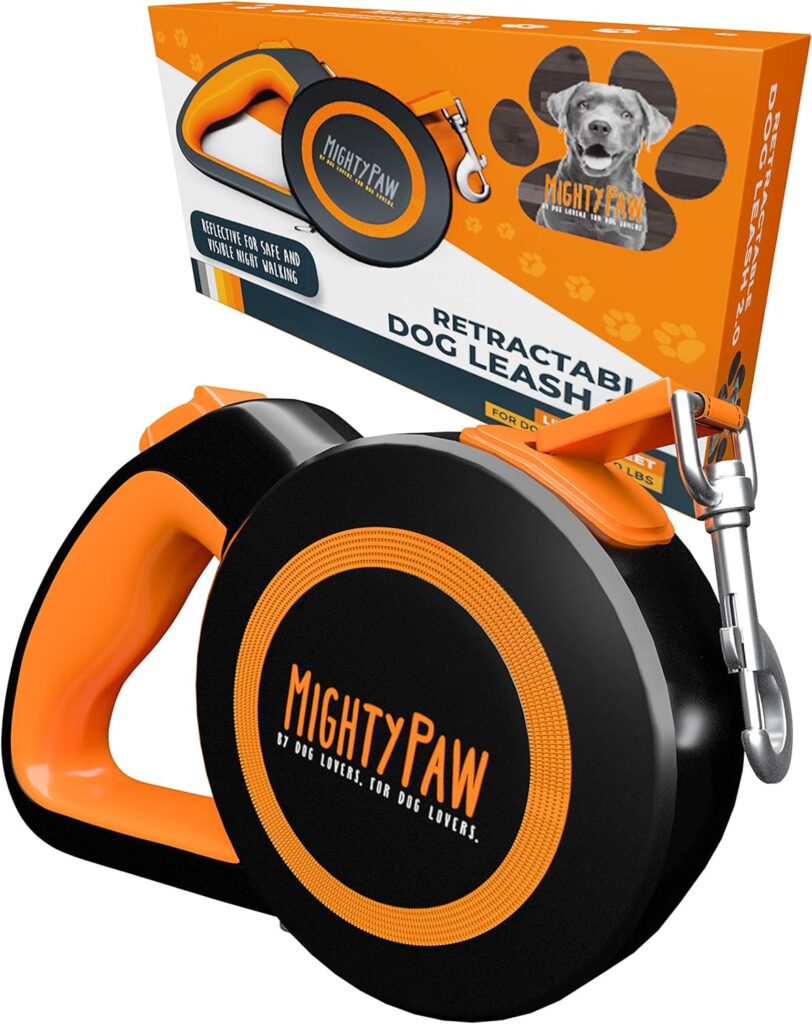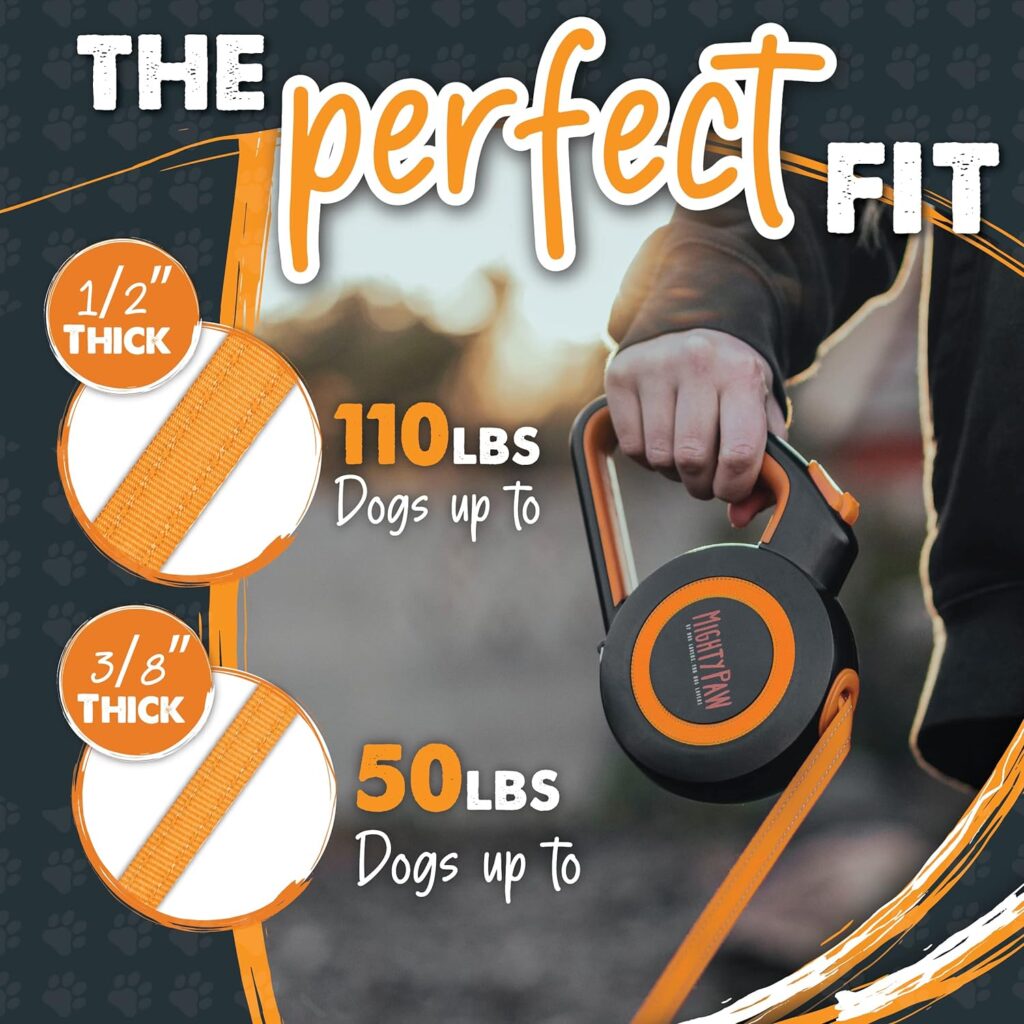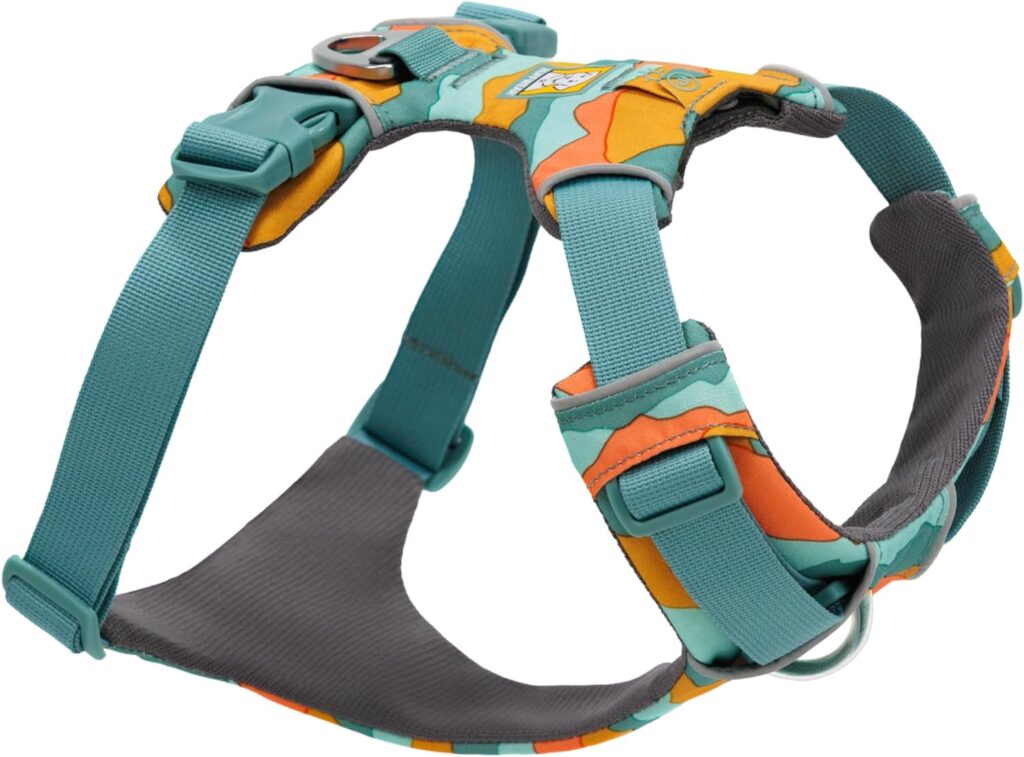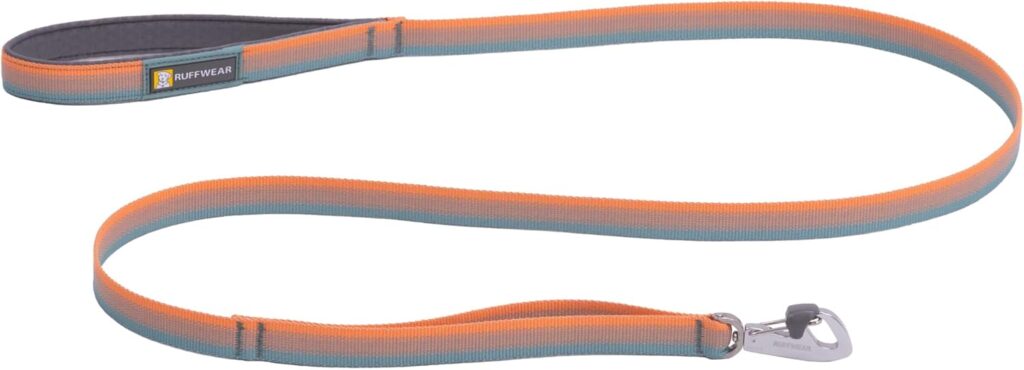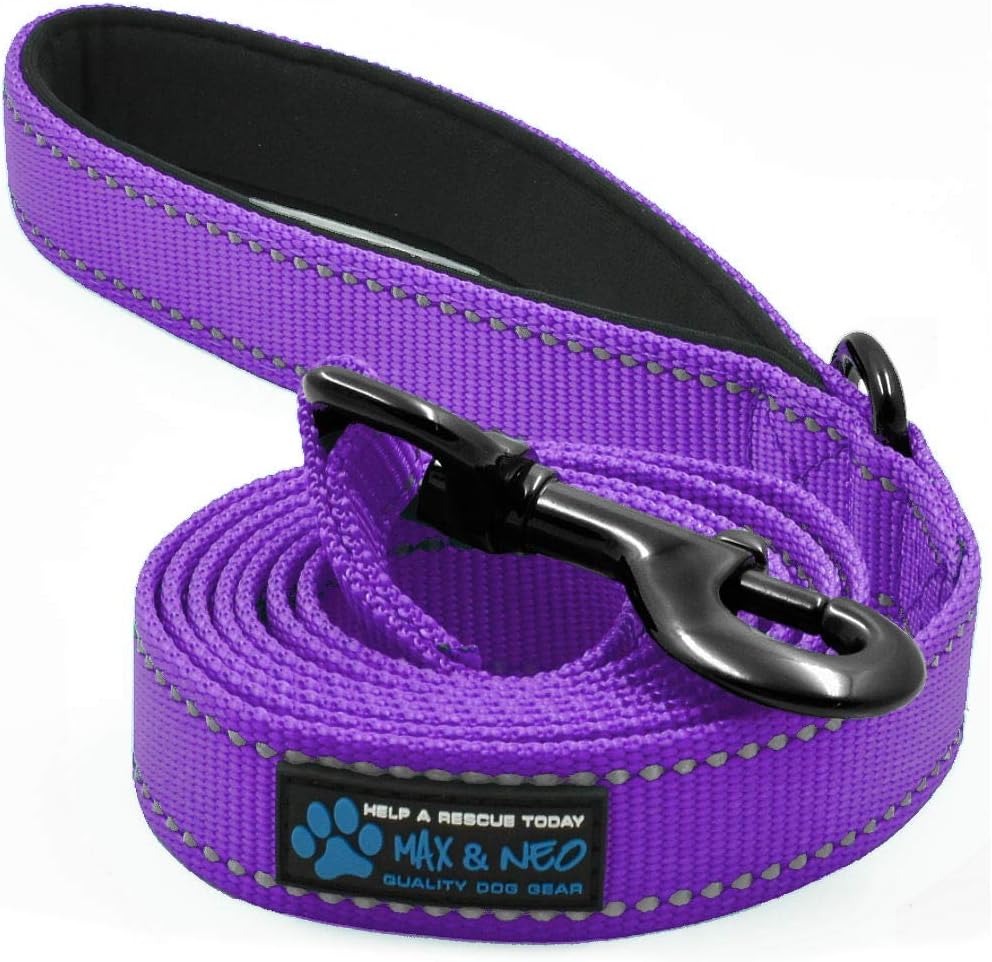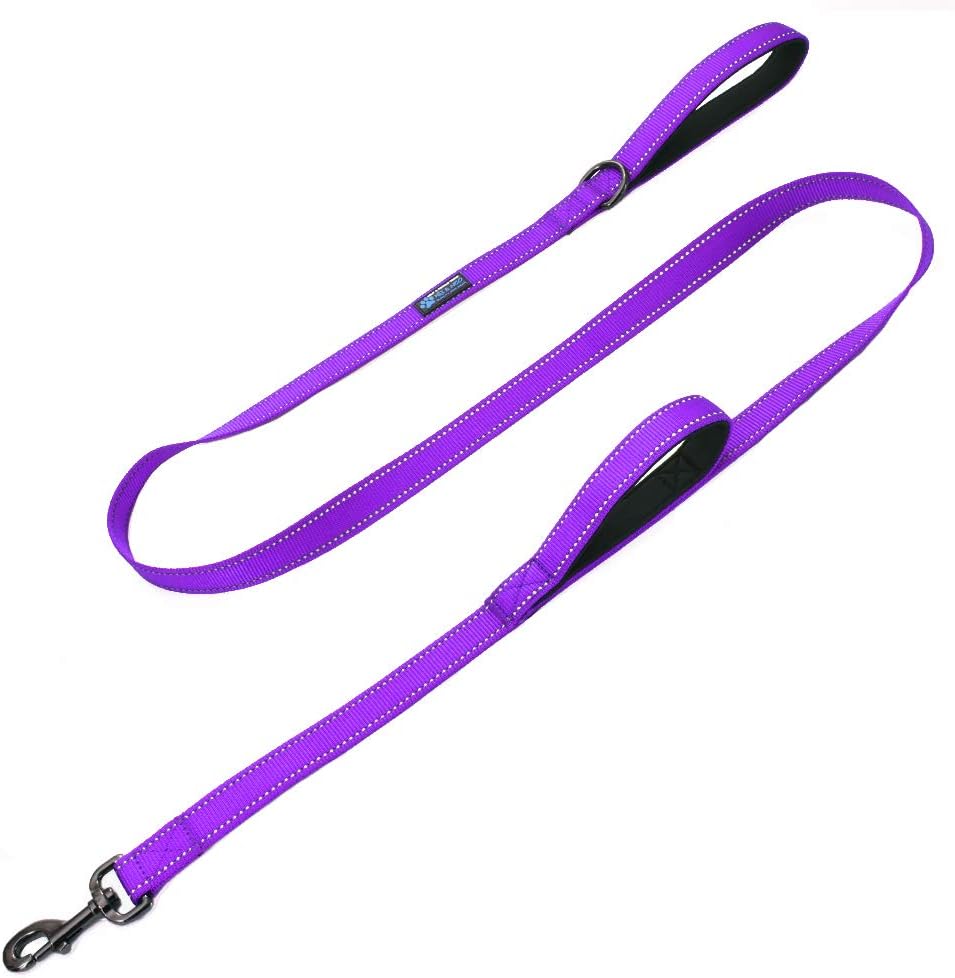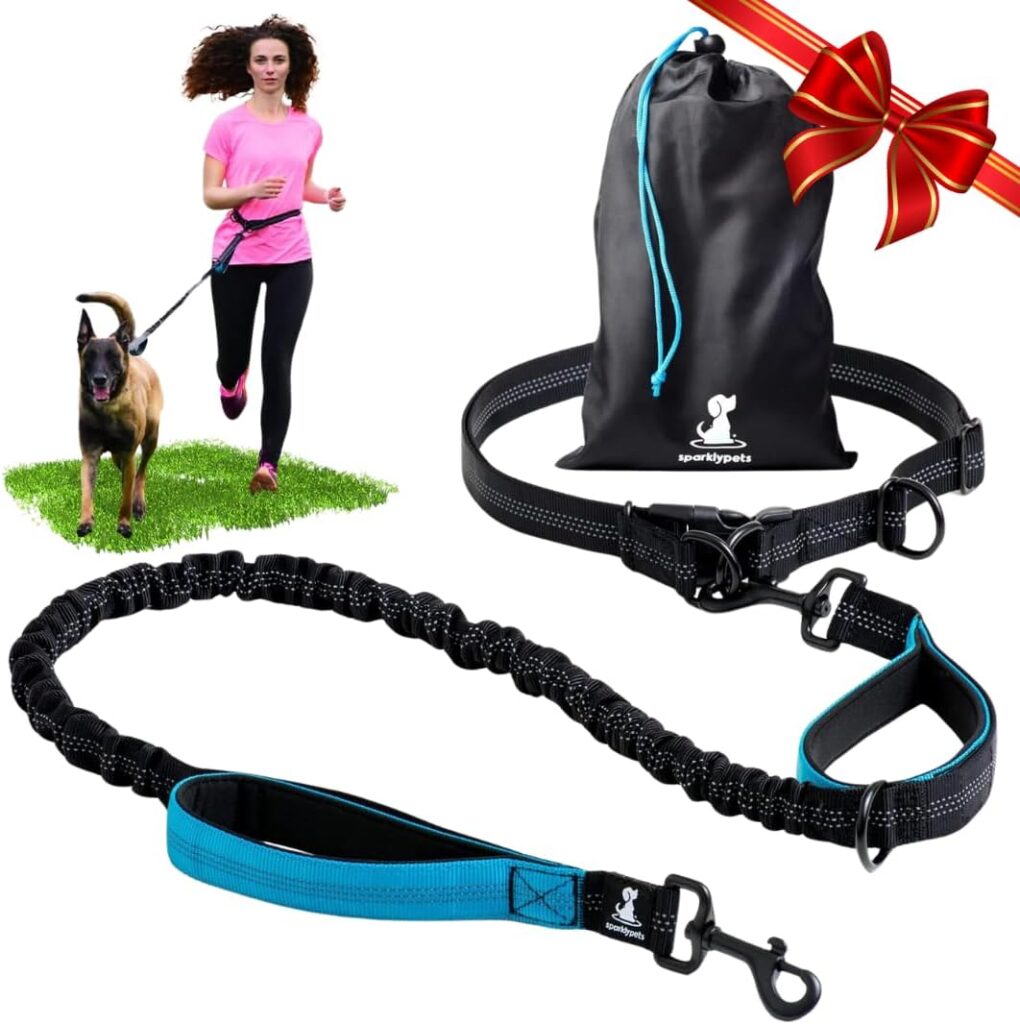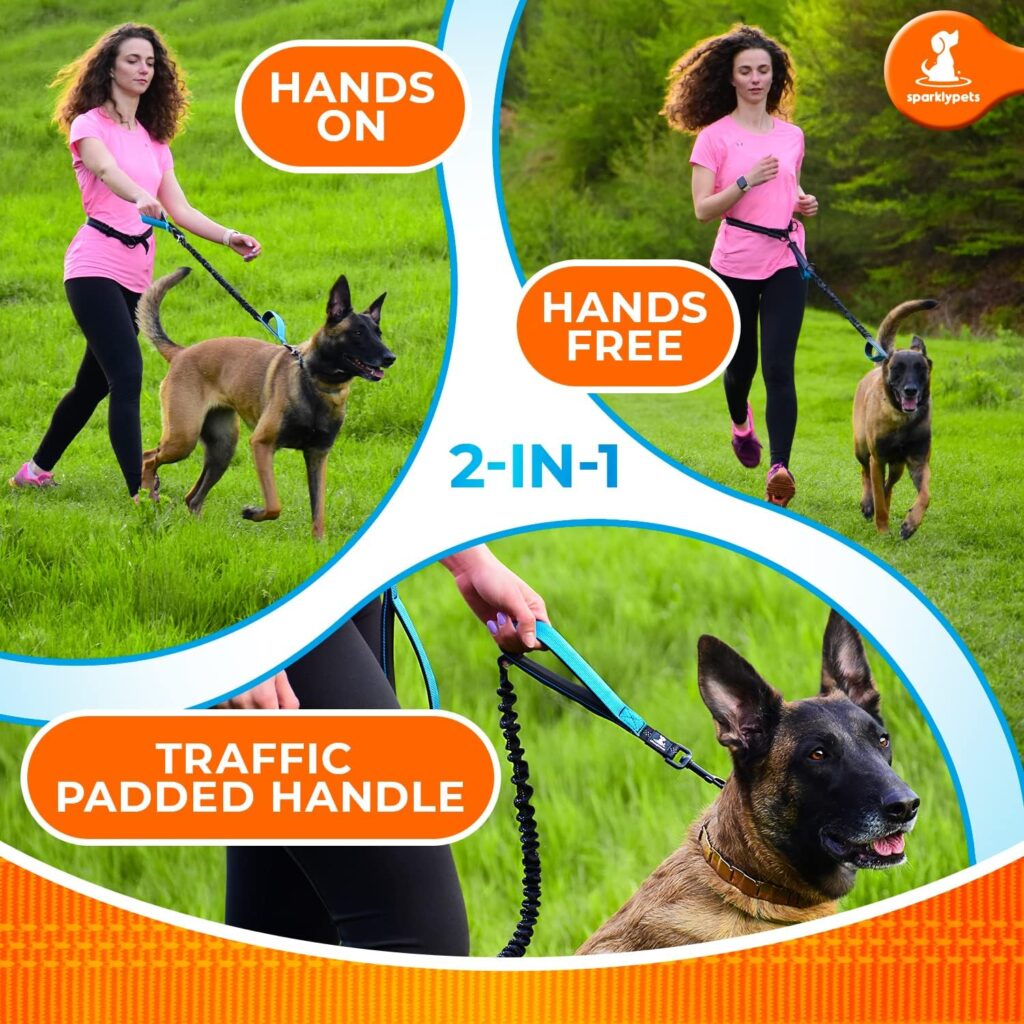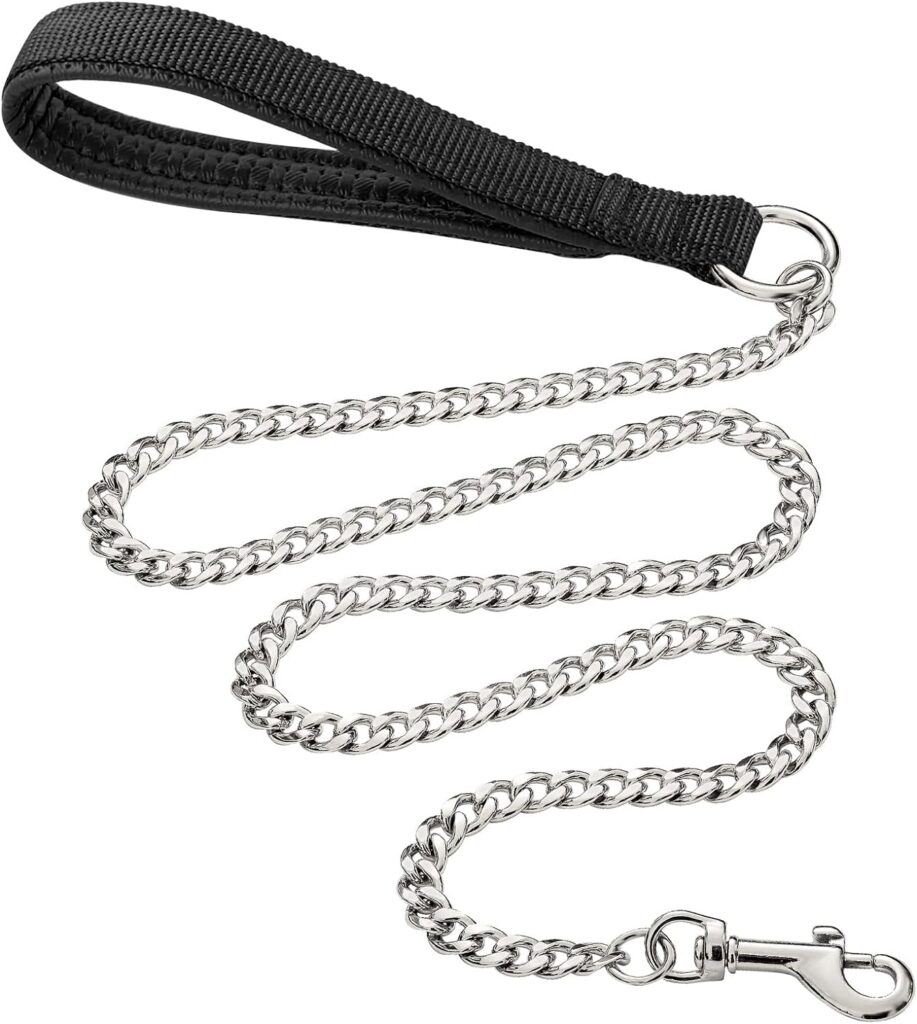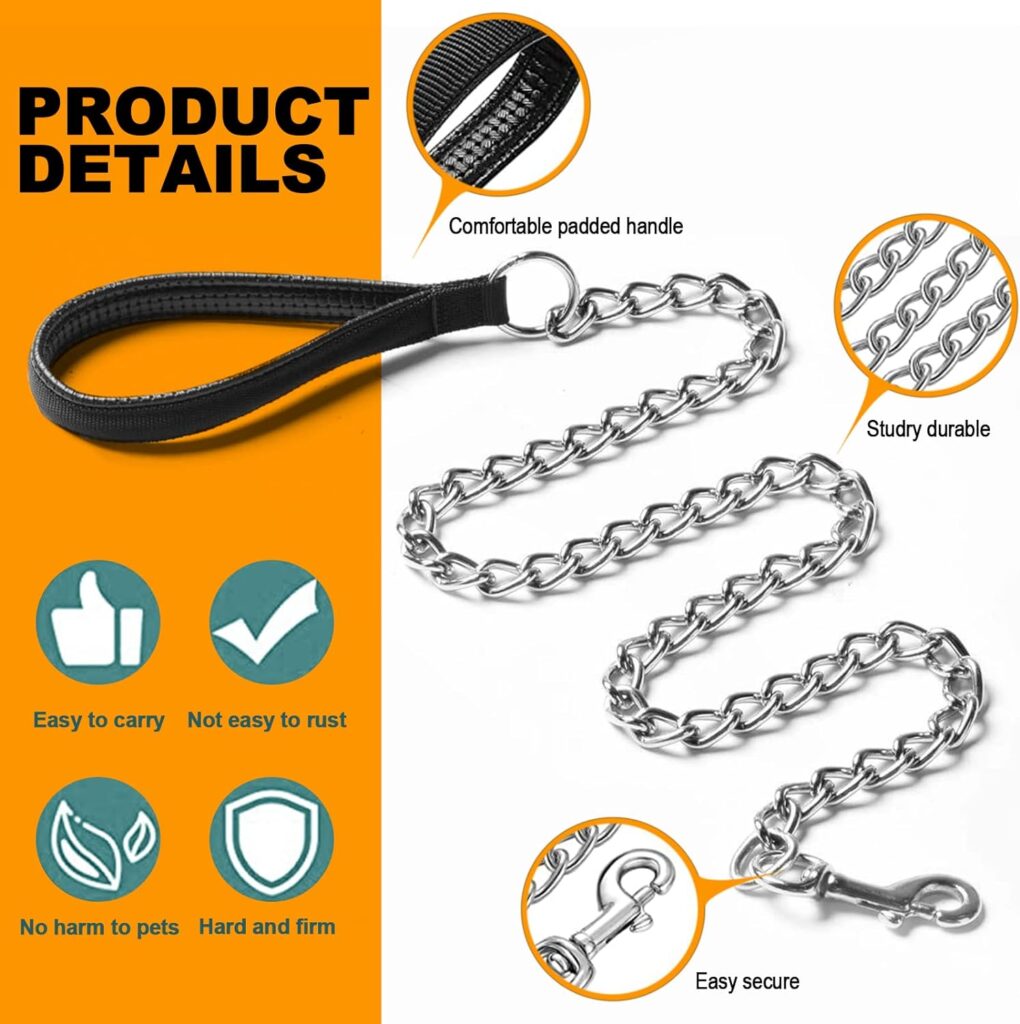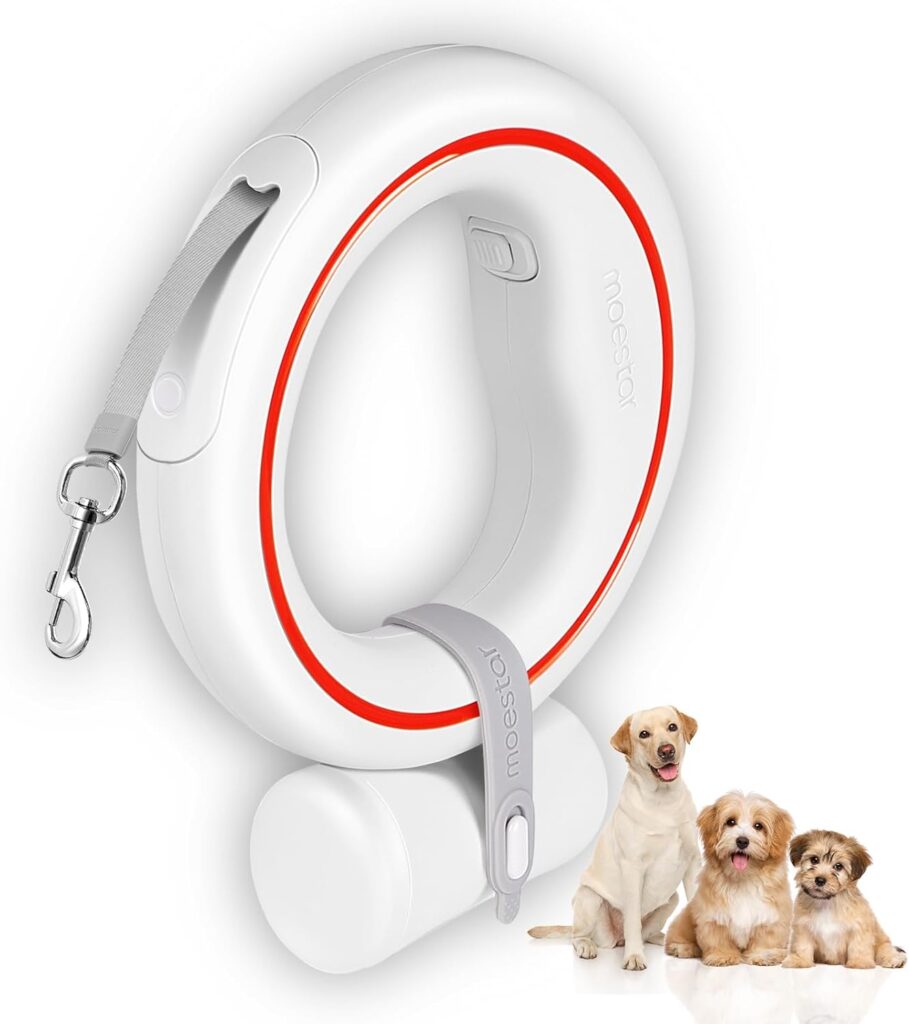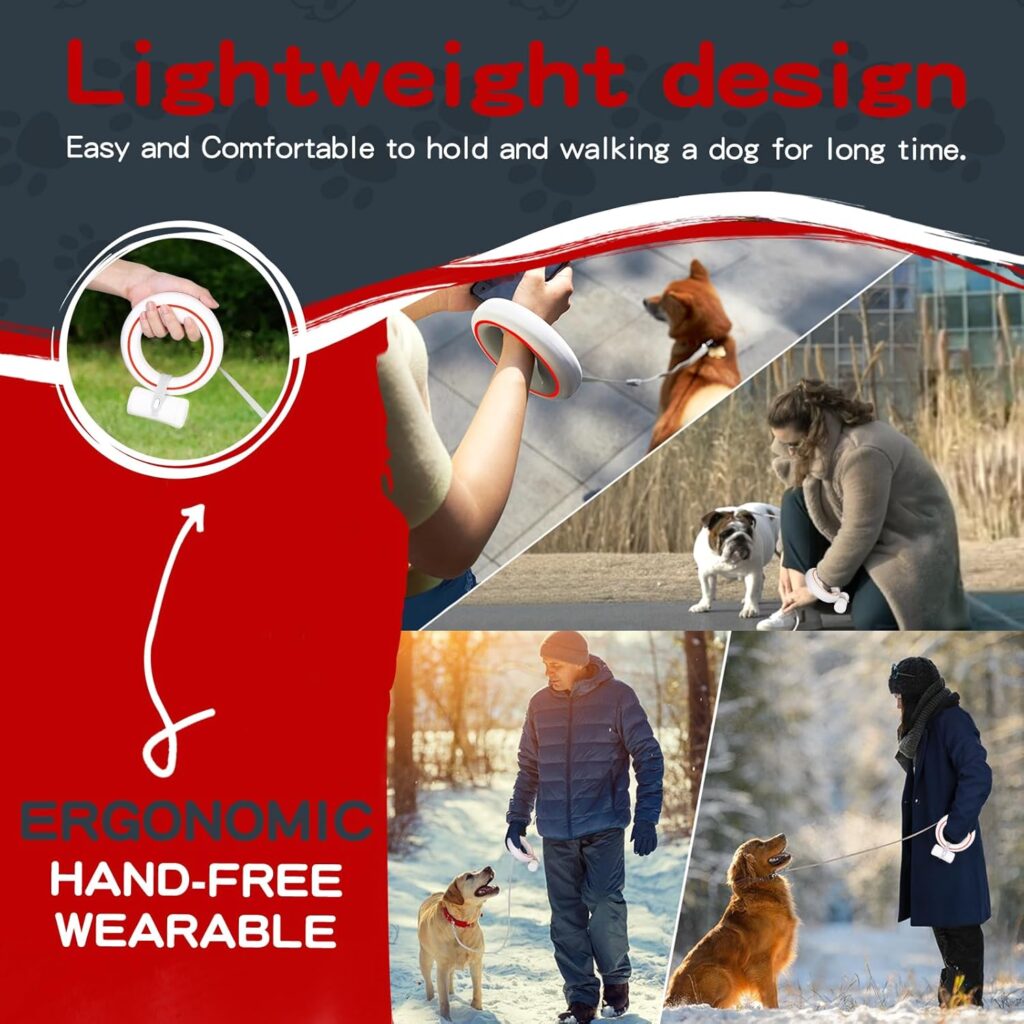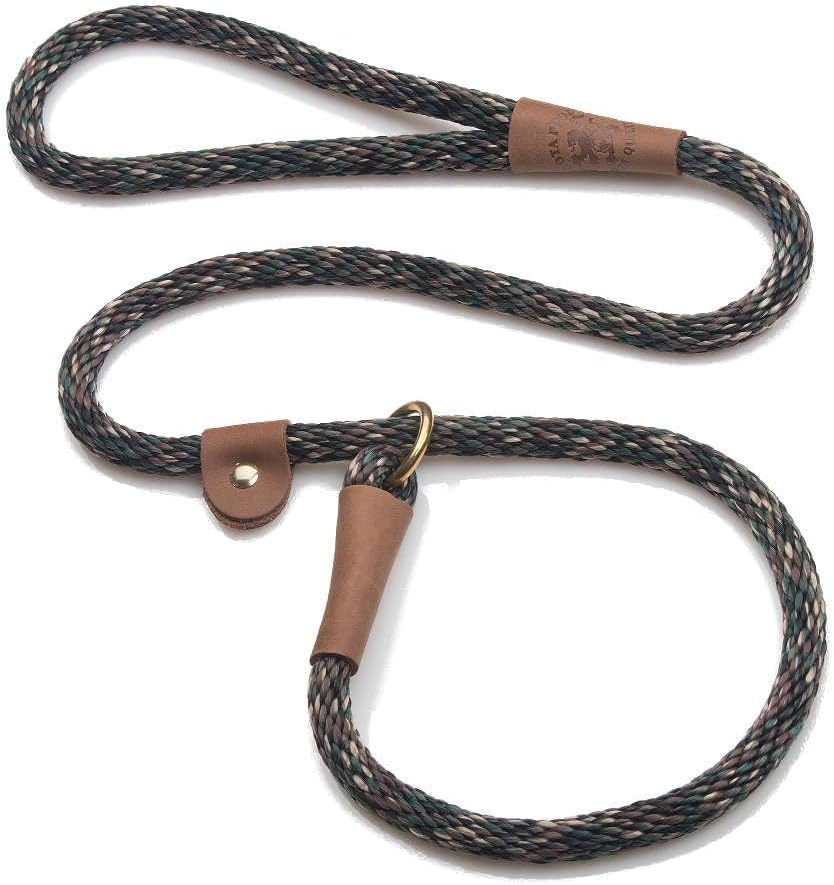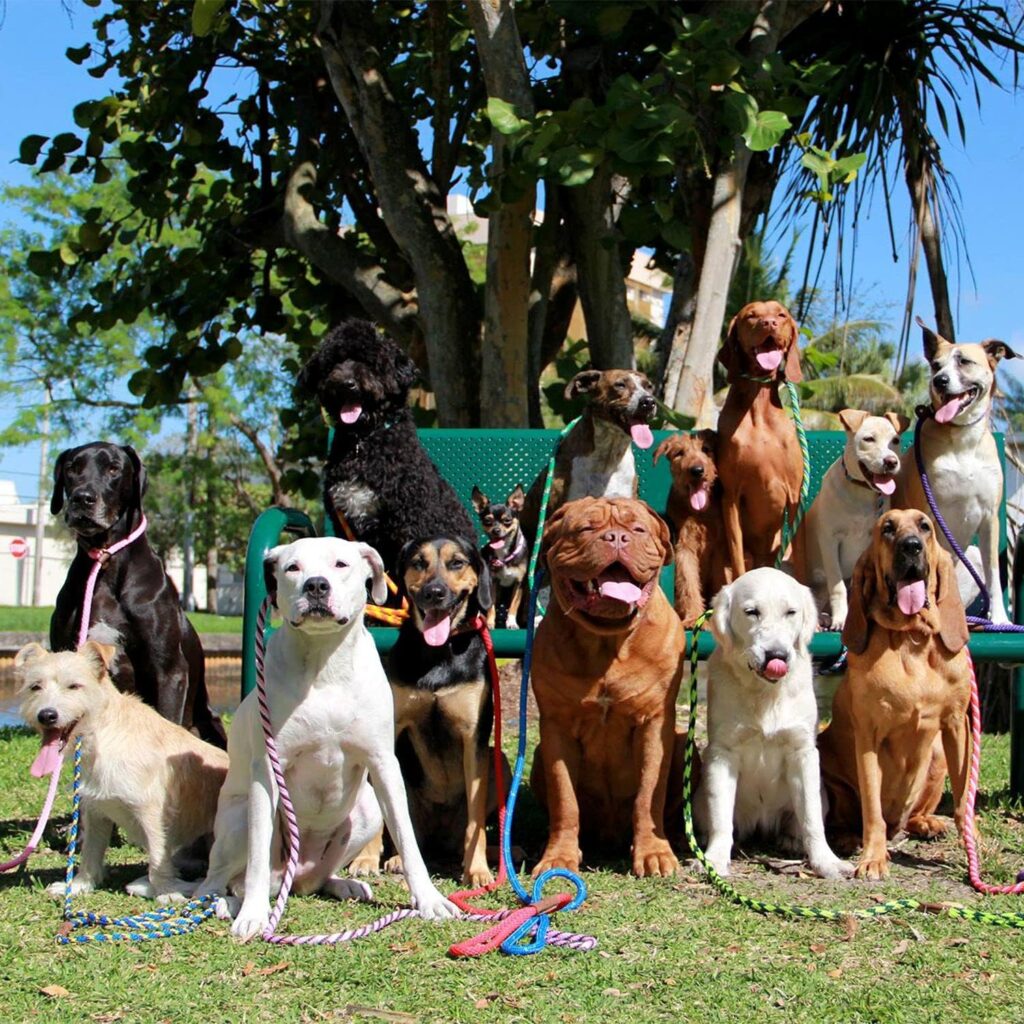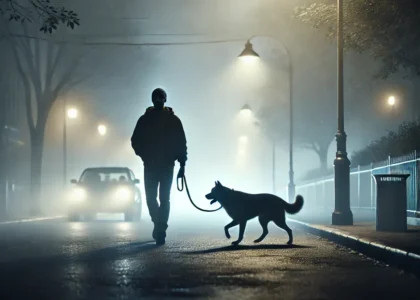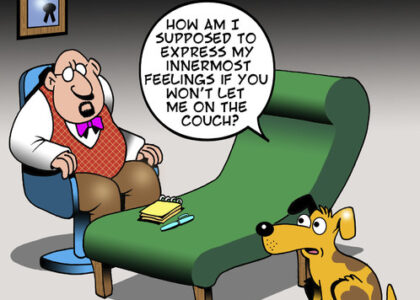If you’ve ever found yourself being taken for a walk by your dog instead of the other way around, you’re not alone. Strong pullers can make a leisurely stroll a challenging and even exhausting task. Whether your four-legged companion is simply enthusiastic or downright stubborn, using the right leash can make all the difference. In this guide, we’ll explore some of the best leashes for strong pullers, focusing on what makes them work and why they could be the perfect solution for you.
Understanding the Struggle of Pulling Dogs
Walking a strong puller can be a test of patience, endurance, and sometimes, strength. This is especially true if your dog is a larger breed, like a Husky, Pit Bull, or German Shepherd, that just wants to explore everything at once. When you struggle to keep your dog in check, it not only diminishes the joy of your walk but also poses safety risks for both of you.
Choosing the right leash can give you back the control you need while ensuring your dog’s comfort. Below, we explore some of the most effective leash types and their features to help you choose the best one for your enthusiastic puller.
1. Heavy-Duty Retractable Leash
You may have used retractable leashes in the past, but for a strong puller, you need something truly heavy-duty. The Mighty Paw Heavy-Duty Retractable Dog Leash is a great option for larger dogs up to 110 pounds. This leash offers more control while giving your dog room to explore. The strong nylon tape and ergonomic handle make it comfortable for you, while the locking mechanism is built to withstand a powerful tug.
This leash is particularly helpful for dogs that like a bit of freedom but tend to dash off in excitement. Remember, though, that retractable leashes are best used in open spaces where there are fewer obstacles or hazards that could tangle the cord.
Pros:
- Heavy-duty design for large dogs
- Comfortable grip
- Freedom to explore
Cons:
- Not ideal for crowded areas
2. No-Pull Harness and Leash Combination
If you’re looking for a no-pull solution, pairing a specific type of leash with a no-pull harness can be a game-changer. A great option is the Ruffwear Front Range Dog Harness combined with the matching Front Range Dog Leash. The harness attaches to the chest area, which helps you steer your dog to the side rather than allowing them to lean forward and pull.
A front-clip harness distributes the force of pulling more evenly, reducing the strain on both you and your dog. The PetSafe leash has a sturdy yet lightweight design, giving you enough length for comfort without letting your dog wander too far.
Pros:
- Front-clip discourages pulling
- Comfortable fit for your dog
- Better control with less effort
Cons:
- Requires correct sizing to prevent slipping
3. Double-Handled Leash for Extra Control
Sometimes, more control is precisely what you need. A double-handled leash, like the Max and Neo Double Handle Traffic Leash, provides two handles: one at the end of the leash and one closer to the collar. This allows you to pull your dog closer to you quickly if needed, which is particularly useful for high-traffic areas or when another dog passes by.
The extra handle near the collar gives you a short and secure grip, ideal for maintaining control over your strong puller. Max and Neo also donates one leash to a rescue for every leash purchased, which is a nice bonus for a dog lover who wants to give back to the community.
Pros:
- Provides extra control in busy areas
- Padded handles for comfort
- High-quality materials
Cons:
- Can be cumbersome for longer walks
4. Bungee Leashes for Shock Absorption
Bungee leashes are designed to absorb the shock when your dog suddenly pulls, reducing strain on both your arm and your dog’s neck. The Sparkly Pets Hands Free Heavy-Duty Bungee Leash is a popular choice on Amazon, highly rated by many dog owners. This leash has a built-in elastic bungee section that stretches when your dog pulls, giving you a gentler experience.
Bungee leashes are ideal for strong pullers who tend to make unpredictable lunges—whether that’s towards a squirrel, another dog, or just an interesting smell. By reducing the sudden tension, you’ll feel less strain, and your dog will experience less of a jerk.
Pros:
- Reduces shock from sudden pulling
- Comfortable for both dog and owner
- High-quality clips and stitching
Cons:
- May give less control in tight situations
5. Chain Leashes for Chewers
If you have a strong puller who also loves to chew on their leash, a chain leash can be the perfect solution. A metal Heavy-Duty Dog Chain Leash is strong enough to withstand the pulling force of large dogs and prevents chewing thanks to the sturdy chain design.
While chain leashes aren’t the most lightweight or convenient, they can be a lifesaver for pet parents whose dogs view their leash as an oversized chew toy. The chain keeps the dog from destroying yet another leash while also giving you solid control.
Pros:
- Virtually chew-proof
- Very strong and durable
- Affordable
Cons:
- Heavier than other types of leashes
- Less comfortable to hold
6. Hands-Free Leash for Running and Jogging
For those who love to jog or run with their dogs, a hands-free leash like the Moestar UFO Retractable Hands Free Dog Leash is a fantastic choice. This leash attaches around your wrist with it’s unique circle design, leaving your hands free to move naturally while running or walking.
This leash works great for small dogs that need a lot of exercise. With adjustable settings, you can keep your dog at a comfortable distance, and the quick retraction helps recover your small dog fast.
Pros:
- Hands-free convenience for jogging or hiking
- Unique circle design
- Built in doggie poop bags
Cons:
- Not ideal for walking in high-traffic areas
7. Slip Leash for Training
Slip leashes can be incredibly effective tools for training, especially for strong pullers. The Mendota Slip Lead, available on Amazon, is highly rated and combines both a collar and leash in one simple design. It tightens when the dog pulls and loosens when they are walking properly at your side, providing immediate feedback.
Slip leashes are great for training but should be used with caution. They are best for dogs that need to learn proper leash manners rather than daily walking if they are persistent pullers.
Pros:
- Simple and effective for training
- Adjustable fit for any dog
- Durable and high-quality material
Cons:
- Not ideal for inexperienced owners
- Can cause injury if used incorrectly
Choosing the Best Leash for Your Strong Puller
When it comes to choosing the best leash for a strong puller, it’s all about what fits your specific needs. Think about your dog’s behavior and your lifestyle. Do you jog together? Do you need better control in crowds? Do they chew every leash you buy? Each of these scenarios will require a different solution, and there are plenty of highly-rated, popular products on Amazon to help meet your needs.
Additional Tips for Walking a Strong Puller
Beyond the right leash, there are a few strategies you can use to help manage a strong puller:
- Training: Proper leash training is crucial. Teaching your dog to heel or to follow simple commands can make a world of difference. Reward-based training with treats and positive reinforcement can encourage good walking behavior.
- Exercise Before Walking: If your dog is high-energy, consider letting them burn off some of that energy before starting your walk. A quick game of fetch can take the edge off their excitement and reduce pulling.
- Shorter Walks, More Control: If your dog is extremely excitable, consider breaking walks into shorter sessions. This allows you to practice more control and helps prevent them from getting overly tired or overwhelmed.
Wrapping Up
Walking a strong puller can feel challenging, but with the right leash and approach, you can transform your walks from a tug-of-war into a peaceful, enjoyable experience. Whether you go for a heavy-duty retractable leash, a no-pull harness, or a double-handled leash for extra control, each option has unique benefits that can help you manage your enthusiastic dog.
Remember, no leash alone will stop your dog from pulling—consistent training, patience, and understanding your dog’s needs are equally important. With the right combination of tools and tactics, those walks can soon become the best part of both your days. Enjoy your journey to more enjoyable, less stressful walks!


